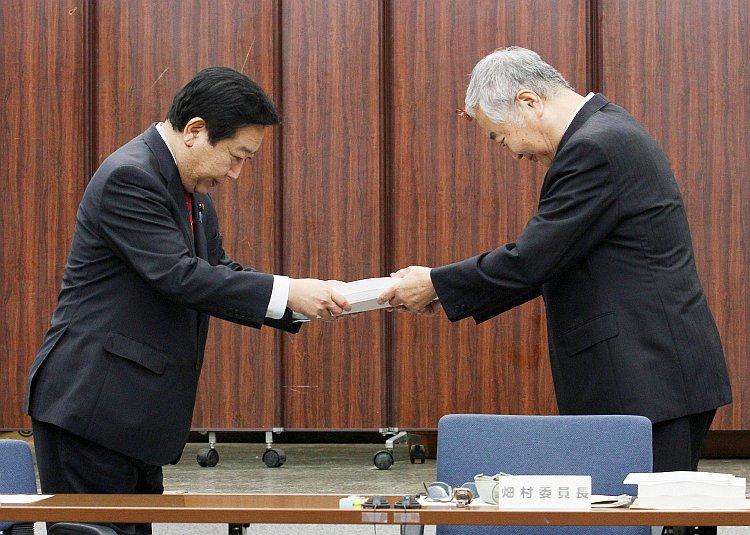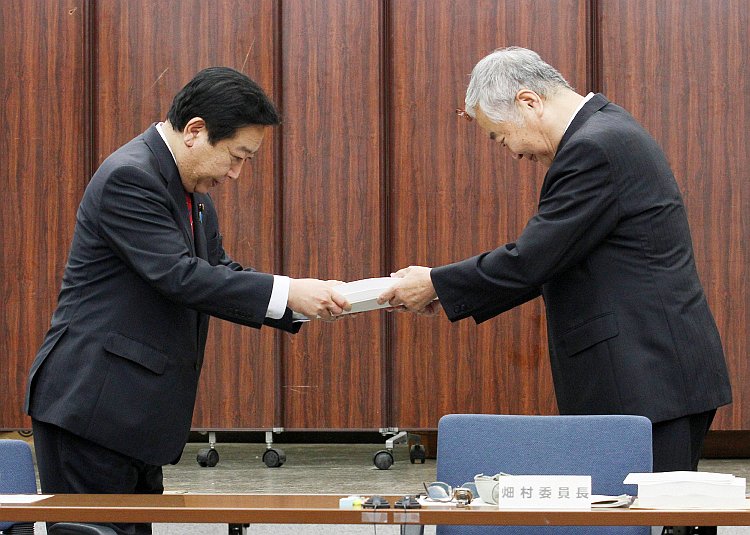Japan has a ways to go to prevent another perfect storm like the one that lead to the Fukushima nuclear disaster in March 2011. The independent parliamentary panel submitted its final report to Japanese Prime Minister Yoshihiko Noda Monday.
The Fukushima Nuclear Accident Investigation Committee says that the accident occurred “on the occasion of a natural disaster of an earthquake and tsunami,” but that the real cause was a lack of foresight.
The panel was established in May 2011 and delivered an interim report last December. In all, it conducted 772 interviews to arrive at its multifaceted analysis.
The Japanese government and the nuclear power companies didn’t think they would ever face such a crisis, so they were ill prepared.
The study also listed several problems the Tokyo Electric Power Co. had, such as the inability to manage a crisis, inability to respond to an emergency, lack of training for severe accidents, and “apparently no great enthusiasm” for noticing impending disasters.
When Fukushima plants 1 and 2 were in trouble from the tsunami and earthquake, workers at No. 2 were able to shut down the reactors safely while workers at reactor 1 and 3 had additional trouble because they were using inappropriate cooling methods, the investigation found.
The policy recommendations are extensive, hitting on all elements that created the crisis, from humbly accepting the reality of natural threats in Japan, to how to respond to radiation exposure.
“Risk reduction should be tackled in a drastically different approach,” says the report.
The committee also notes that the well-being of the Japanese people wasn’t considered very much when the government was trying to monitor radiation levels, send evacuation instructions to residents, respond to people’s radiation exposure, and spread information through the nation and to foreign countries.
Japan recently restarted two nuclear reactors—the first since Japan went nuclear free after the disaster. The move was widely unpopular, drawing mass street protests from a population that has lost trust in its government and nuclear industry.
The Epoch Times publishes in 35 countries and in 19 languages. Subscribe to our e-newsletter.






